1. Pelicans

Pelicans, with their long beaks and massive wingspans, offer a glimpse into the skies of the Mesozoic Era. These graceful birds share many traits with pterosaurs, the flying reptiles that lived alongside dinosaurs. Their elongated beaks and gular pouches resemble features seen in fossilized pterosaur skulls. Pelicans are expert fishers, diving into the water to scoop up their prey in a behavior that likely mirrors how ancient flying reptiles hunted. Their skeletons, with hollow bones and lightweight frames, are adapted for flight and share similarities with the structures of both birds and pterosaurs.
Pelicans often glide effortlessly on air currents, their large wings extended, creating a silhouette reminiscent of prehistoric creatures soaring above ancient oceans. Their social behavior, often seen in large flocks, might also mirror the communal nesting habits of pterosaurs. The sight of a pelican diving headfirst into the water or flying in formation evokes a sense of timelessness. Fossil records suggest that similar seabirds thrived during the age of dinosaurs, cementing pelicans as modern-day links to that era. Their unique appearance and behaviors make them captivating reminders of prehistoric life.
2. Crocodiles
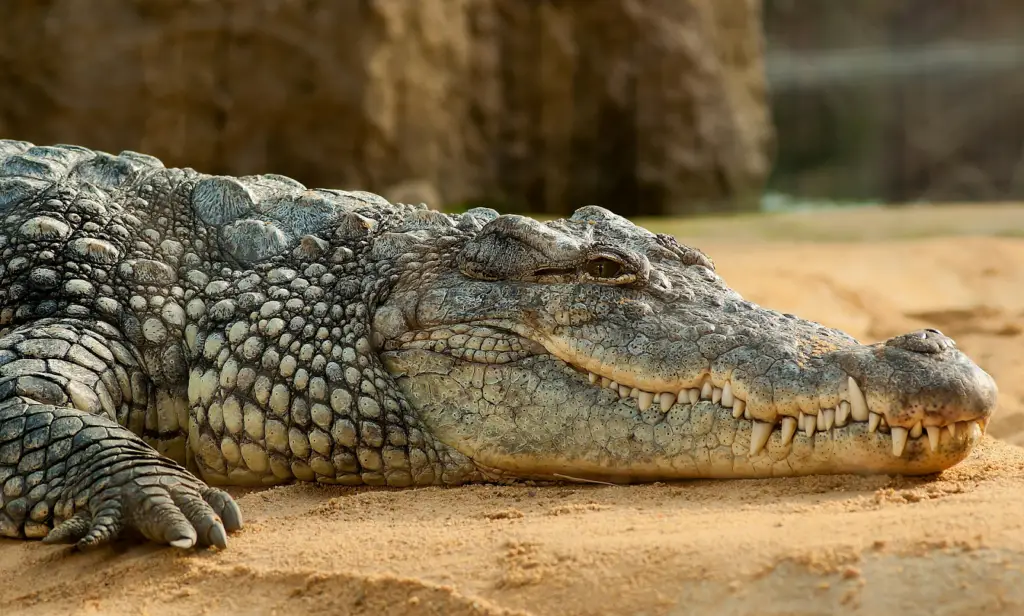
Crocodiles are often called “living fossils” because their ancestors have existed for over 200 million years, coexisting with dinosaurs during the Mesozoic Era. These powerful reptiles belong to the archosaur lineage, the same group that includes dinosaurs, and share key traits such as armored scales and a similar hip structure. Crocodiles have barely changed over millions of years, which speaks to the success of their evolutionary design. Their stealthy hunting techniques, combined with their incredible strength and powerful jaws, resemble how ancient predators dominated their environments. Crocodiles can hold their breath underwater for extended periods and have unique metabolisms that allow them to survive long stretches without food, traits that helped their ancestors thrive during challenging times.
According to Western University, fossil evidence even suggests that some prehistoric crocodilians were enormous, rivaling dinosaurs in size. Despite their ancient origins, crocodiles have adapted to modern ecosystems and continue to be apex predators. Watching one silently glide through the water or sunbathe on a riverbank feels like peering into the Jurassic world. They even share a four-chambered heart structure with birds, a surprising reminder of their connection to dinosaurs. Crocodiles’ combination of ancient traits and modern adaptability makes them living proof of the dinosaur legacy.
3. Ostriches
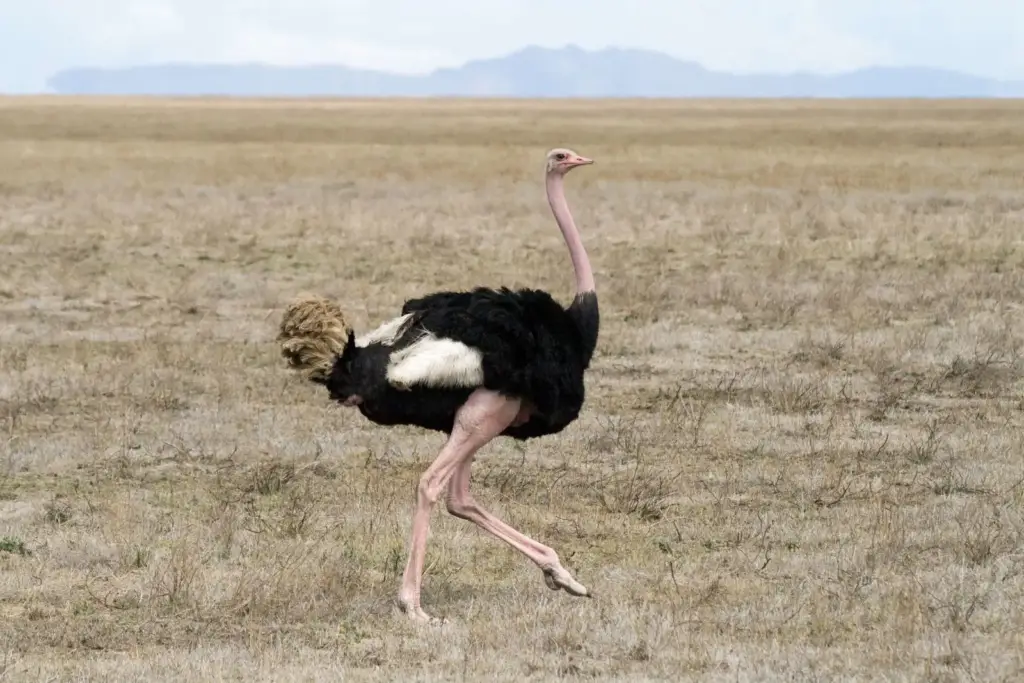
Ostriches are not only the largest birds alive today, but they also closely resemble their theropod ancestors in both appearance and behavior. Standing up to 9 feet tall, ostriches have long, muscular legs that allow them to run at speeds of up to 45 miles per hour, a skill likely shared by fast-moving dinosaurs like the Gallimimus. Their skeletal structure includes hollow bones and clawed toes, features that mirror those of small predatory dinosaurs. Ostriches also use their powerful legs for defense, delivering bone-breaking kicks that could fend off predators, much like a theropod might have done.
Feathers, originally evolved in dinosaurs, adorn ostriches, but these birds lost the ability to fly, relying instead on speed and agility to survive. Their small wings, while vestigial, are used for balance and courtship displays, another nod to their evolutionary past. According to the Smithsonian, fossils of feathered dinosaurs suggest that their movements and behaviors may have been similar to those of ostriches today. Watching an ostrich dart across the savanna or peck curiously at its surroundings is like glimpsing into a prehistoric scene. They are a living testament to the evolutionary bridge between dinosaurs and modern birds, showcasing how ancient traits persist in today’s wildlife.
4. Alligators
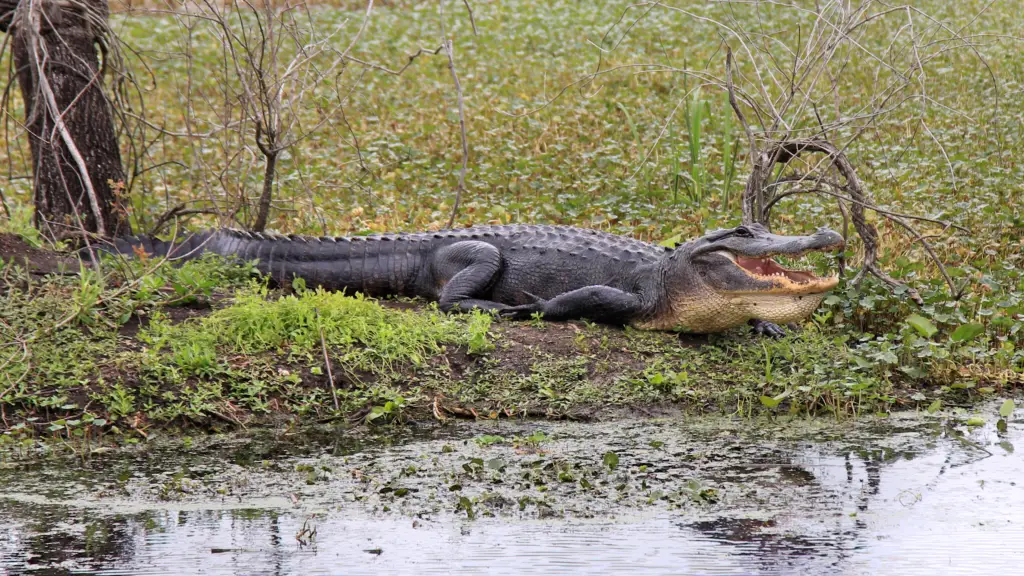
Alligators, like crocodiles, are evolutionary holdovers from the age of dinosaurs, sharing a common ancestry with these prehistoric reptiles. Their lineage dates back over 200 million years, and their physical appearance has changed very little since then. These reptiles possess thick, armored skin, powerful tails, and sharp teeth, making them formidable predators that resemble their ancient relatives. According to a study published in ScienceDaily, alligators also have a unique diaphragm-assisted breathing system, a trait shared with dinosaurs and birds that allows for efficient oxygen intake. Their low, rumbling vocalizations, especially during mating season, are haunting reminders of the roars that might have echoed through prehistoric swamps.
Alligators are attentive parents, carefully guarding their nests and young, a behavior that some dinosaur species may have practiced as well. Watching an alligator slowly emerge from the water or bask in the sun evokes a sense of timelessness, as if you’re observing a creature from another era. Despite their fearsome reputation, alligators have adapted to thrive in modern wetlands, proving their resilience. Fossils of ancient relatives show that some alligator-like creatures grew to massive sizes, even larger than their modern counterparts. These survivors of mass extinctions serve as living links to a prehistoric world dominated by reptiles and dinosaurs.
5. Cassowaries
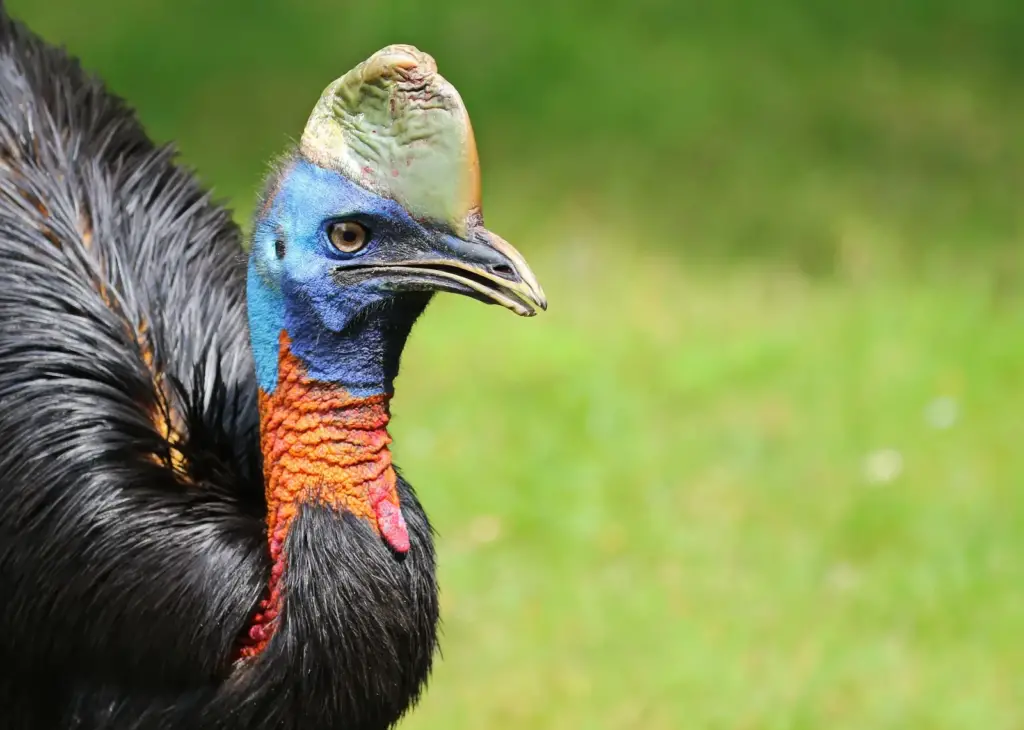
Cassowaries are large, flightless birds that could easily be mistaken for dinosaurs, thanks to their striking appearance and behaviors. Native to the forests of Australia and New Guinea, cassowaries have vivid blue and black feathers, long legs, and a helmet-like casque on their heads. This casque, made of keratin, resembles the crests or head ornaments found in many dinosaur species, adding to their prehistoric look. Their sharp, clawed toes, particularly the dagger-like middle claw, are their primary defense mechanism and can inflict serious injury, much like a Velociraptor’s sickle-shaped claws. Cassowaries are solitary and territorial, using their speed and strength to navigate dense forests and defend their space.
Watching them strut through their environment evokes images of theropods stalking the ancient underbrush. According to Smithsonian Magazine, scientists believe that cassowaries retain many traits of their dinosaur ancestors, from their bone structure to their aggressive survival instincts. Their diet of fruits and small animals also mimics the omnivorous habits of some dinosaurs. When cassowaries charge or display their dominance, it’s easy to imagine a similar scene playing out millions of years ago. These fascinating birds are often described as modern-day raptors, bringing the age of dinosaurs into the present.
6. Komodo Dragons
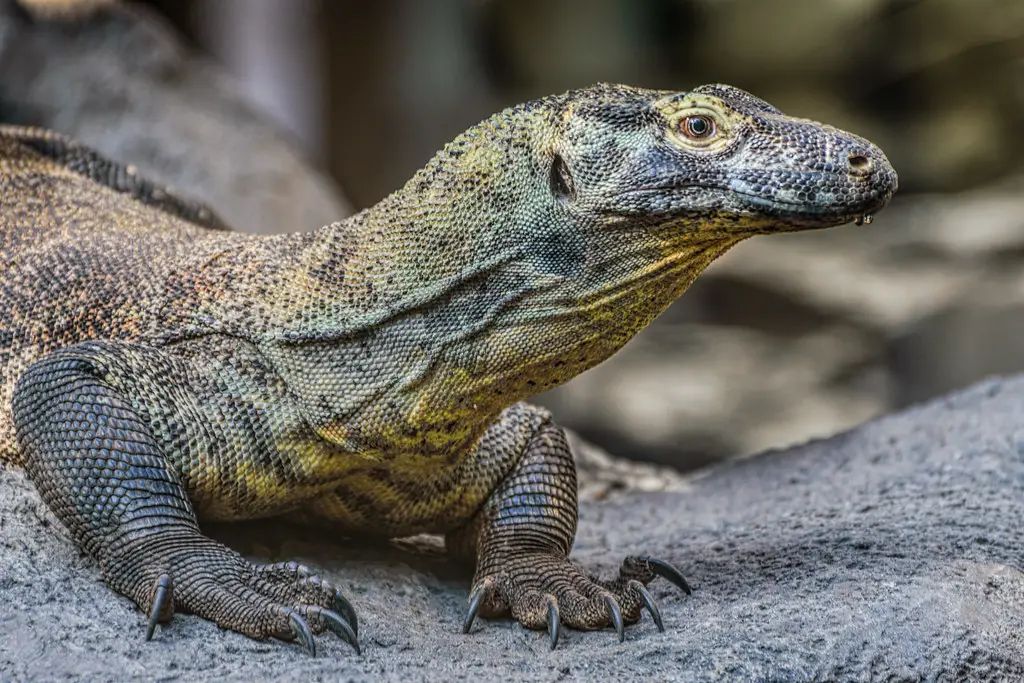
Komodo dragons are the largest living lizards, and their predatory nature makes them striking reminders of ancient dinosaurs. These reptiles, found only on a few Indonesian islands, can grow up to 10 feet long and weigh over 150 pounds, with muscular bodies and long tails reminiscent of prehistoric predators. Komodo dragons are skilled hunters, using stealth and speed to ambush prey, much like theropod dinosaurs did. They rely on a combination of sharp teeth, powerful limbs, and venom to take down animals as large as deer. Their forked tongues help them detect scents from miles away, echoing the sensory abilities of ancient reptiles.
Komodo dragons also display behaviors associated with dominance and territory, similar to those of some dinosaurs. Their tough, scaly skin and armored appearance evoke images of ancient lizards that roamed the Cretaceous period. Fossil evidence suggests that prehistoric monitor lizards, relatives of Komodo dragons, were even larger and more fearsome. Watching a Komodo dragon in its natural habitat is like witnessing a creature pulled straight from the pages of history. Despite their fearsome reputation, these reptiles play a crucial role in their ecosystems, continuing the legacy of ancient apex predators.
7. Chickens
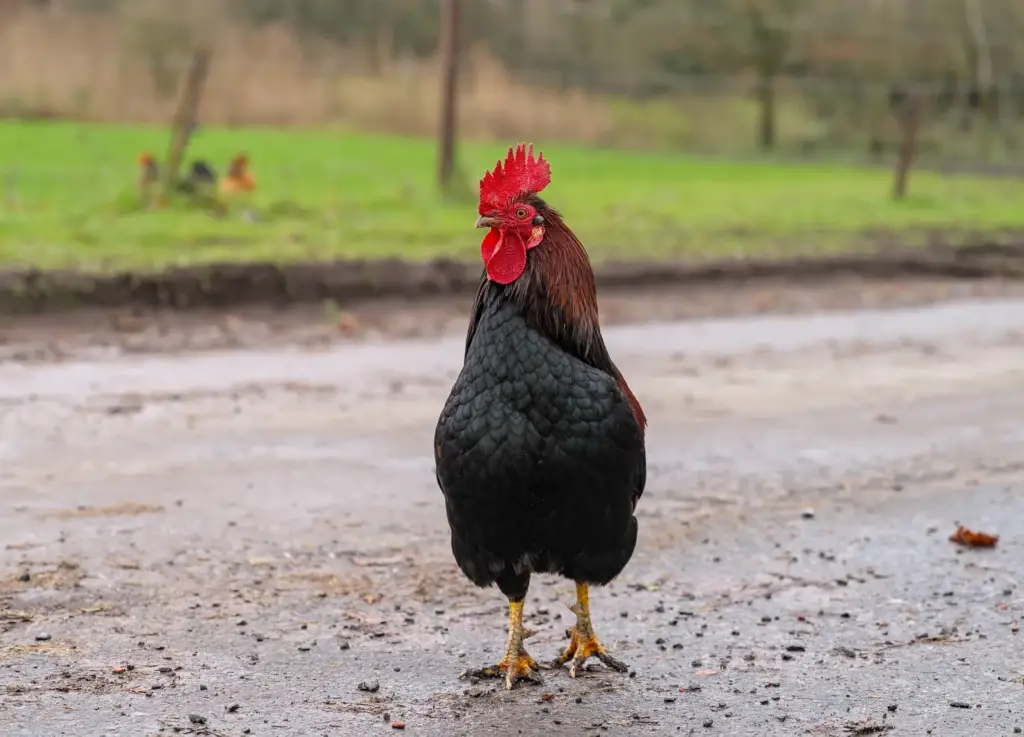
According to the Harvard Gazette, chickens are among the most fascinating connections to dinosaurs, being direct descendants of theropod dinosaurs like the mighty T-Rex. Studies of their DNA have revealed remarkable similarities, such as their skeletal structures, including hollow bones and a wishbone that mirrors those found in ancient predators. Their behavior, such as scratching and pecking at the ground, resembles how small, feathered dinosaurs might have foraged for food. Surprisingly, scientists have even managed to manipulate chicken embryos to activate dormant genetic traits, causing them to develop more dinosaur-like features, such as teeth.
Chickens also share a similar respiratory system to their ancient relatives, enabling efficient oxygen flow during activity. If you’ve ever watched a chicken run, its jerky, quick movements might remind you of a miniature raptor on the hunt. While their feathers make them seem far removed from their reptilian ancestors, feathers themselves originated in dinosaurs for insulation or display. Some researchers speculate that even the T-Rex had primitive feathers, making chickens a striking modern-day link to the prehistoric past. Whether clucking in a barnyard or darting around in the wild, chickens remind us of how evolution bridges past and present.
8. Turtles
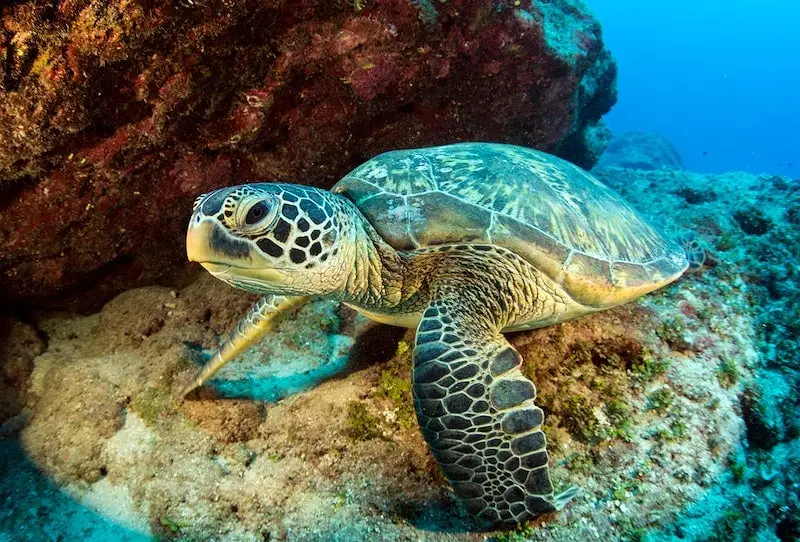
Turtles are some of the most ancient creatures alive today, with ancestors dating back over 220 million years. These reptiles managed to survive mass extinctions, including the one that wiped out the dinosaurs, thanks to their remarkable adaptability and protective shells. Fossil evidence shows that ancient turtles were larger and lived alongside dinosaurs, sometimes even competing for resources. The hard shells that turtles are known for are evolutionary marvels, offering protection from predators much like armored dinosaurs’ plates or scales.
Modern turtles’ slow movements and longevity, with some living over 100 years, hint at an evolutionary strategy that has stood the test of time. Sea turtles, in particular, migrate vast distances, echoing the migratory behaviors of some prehistoric reptiles. Observing a turtle’s steady pace or watching it glide through the ocean feels like witnessing a piece of ancient history. Turtles also play vital roles in their ecosystems, much like their ancestors likely did, ensuring the continuity of life in both aquatic and terrestrial environments. Their enduring design and ability to adapt to changing conditions make turtles a true testament to the resilience of life.
9. Tuatara
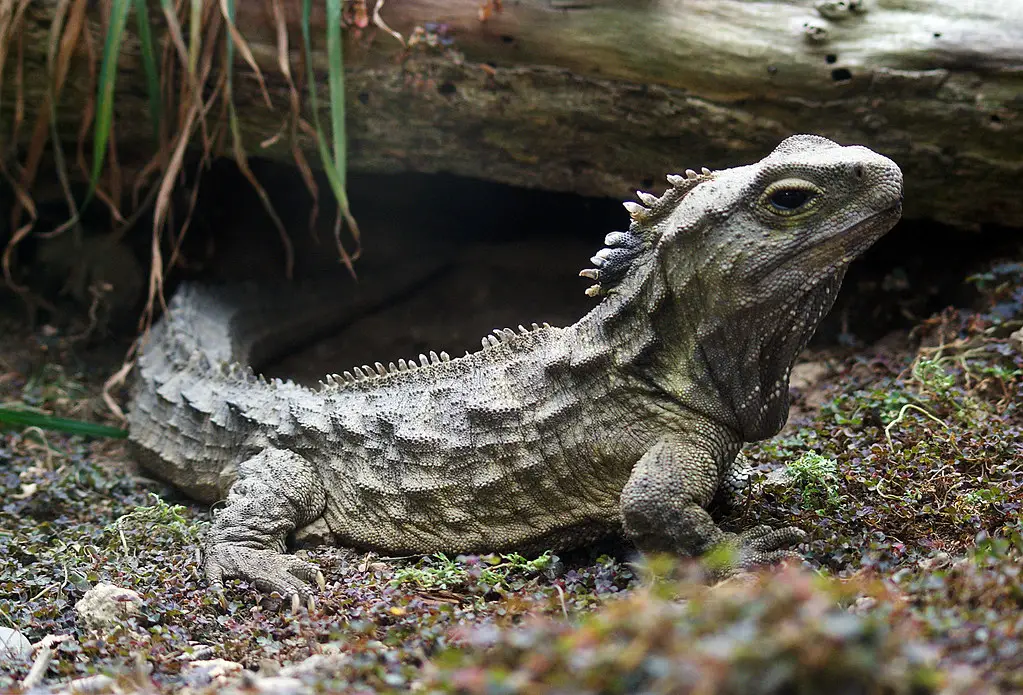
The tuatara is often referred to as a “living fossil” because it is the last surviving member of an ancient reptile group called Rhynchocephalia, which thrived during the age of dinosaurs. Native to New Zealand, tuataras are unique reptiles that have remained largely unchanged for over 200 million years. One of their most fascinating features is a “third eye” on the top of their heads, which is visible in juveniles and linked to light detection, though it has lost much of its function over time. This eye is a vestige of their ancient lineage and provides insight into the evolutionary adaptations of early reptiles.
Tuataras also have a slow metabolism and can live up to 100 years, allowing them to thrive in harsh environments. Their sharp teeth, fused to their jaws, resemble those of prehistoric reptiles, making them efficient hunters of insects, small birds, and lizards. Observing a tuatara in its natural habitat feels like stepping back in time to the Mesozoic Era. These reptiles are also known for their unique skeletal structure, which has provided scientists with valuable insights into the evolution of reptiles. As one of the few animals to survive mass extinctions, the tuatara serves as a living connection to a world dominated by dinosaurs.
10. Sharks

Sharks are some of the oldest predators on Earth, having existed for over 400 million years, predating even the earliest dinosaurs. Their streamlined bodies, sharp teeth, and powerful hunting abilities have remained relatively unchanged, making them some of the most successful survivors of evolution. Fossil evidence shows that ancient sharks, like the massive Megalodon, once ruled the oceans alongside dinosaurs. Modern sharks, such as the great white, carry on this legacy as apex predators of the seas. Sharks’ cartilaginous skeletons are an ancient adaptation that allows for flexibility and speed in the water, much like their prehistoric relatives.
Their highly developed senses, including the ability to detect electrical signals in the water, make them efficient hunters. Watching a shark glide silently through the ocean is a chilling reminder of the power and adaptability of ancient predators. Despite their fearsome reputation, sharks play crucial roles in maintaining marine ecosystems, much like their ancestors likely did. Sharks’ ability to survive multiple mass extinctions demonstrates their resilience and evolutionary success. With their ancient lineage and unchanged design, sharks are living proof of the enduring legacy of the prehistoric world.


